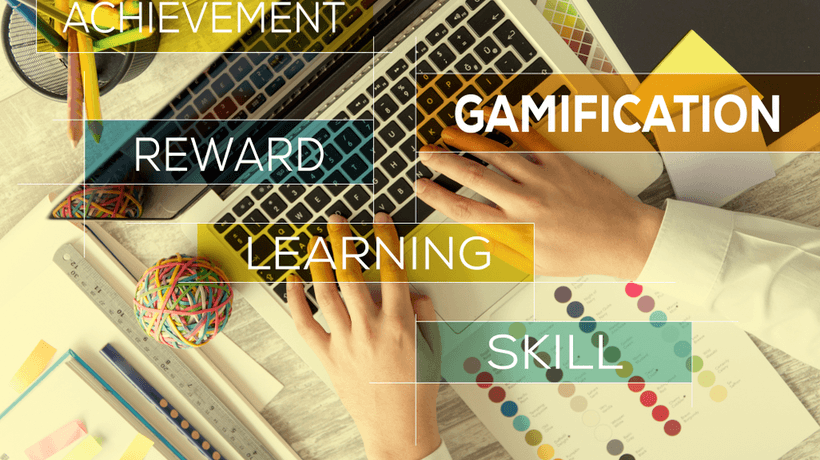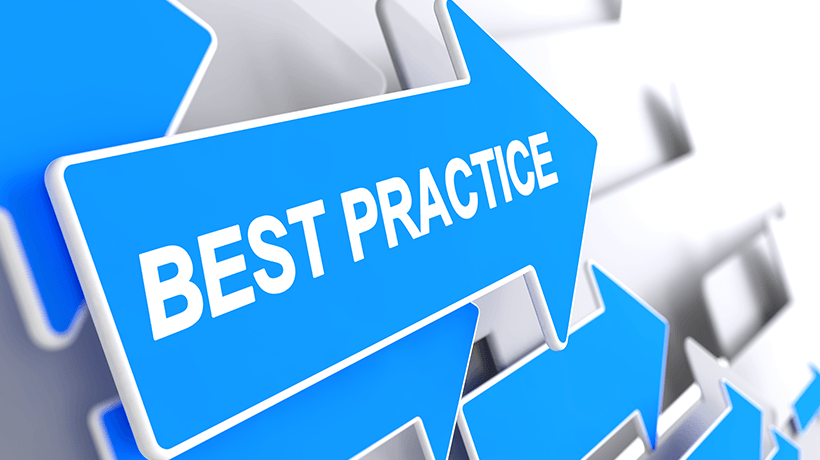Gamification+Microlearning=???
Gamification and microlearning have been used separately by a number of organizations to engage employees and help them absorb and retain knowledge better. While gamification uses game elements like rewards, points, rules, competition, and challenges to make learning fun and addictive, microlearning uses high-end visuals, videos, short duration, minimal text as well as concentrated and relevant content to reduce information overload and help modern learners with short attention spans learn in a much shorter amount of time. But, what would be the composition of such gamified microlearning modules and what benefits would they provide to learners?
The Constitution Of Gamified Microlearning
Gamified microlearning is not a new digital learning strategy and it is used by a number of corporate organizations to deliver short bursts of engaging microlearning to learners. Gamified microlearning should be composed of mini-games created while keeping in mind the fact that learners should be able to finish the mini-game within 5 minutes. The mini-games can, or rather should contain game elements like points, score, levels, badges, power-ups, achievements, timers, rewards, and penalties to name a few, but they should always take place in such a virtual environment that reminds the learners of their job. The characters or avatars in the mini-game too should relate to the real-life job or industry of the learner so as to remind them of the main goal behind the gamified module, which is learning.
Video-based microlearning modules can be gamified too by showing explainer videos to learners about the skill or task they have to perform and then having them play a mini-game where they have to perform the task the same way as it was shown in the video. It’s the same with microlearning simulations, which can be turned into a game very easily, as simulations and games have a lot of similar characteristics. Your gamified simulations must have a narrative that is based upon real-life cases to which the learners can relate. Just be sure to make use of all the game elements that make gamification effective.
Feedback plays a very important role in gamified microlearning, so make sure that feedback is instantaneous and doesn't discourage learners. Rather, feedback should be given in a way that encourages learners to explore more and learn more. Branching scenarios in gamified microlearning modules is a great way to provide feedback that teaches learners about the consequences of their actions while not being discouraging to them.
Finally, as should be obvious by now, never forget to design your gamified microlearning modules as mobile-first (i.e., primarily designed to be accessed or played on smartphones but able to be accessed on laptops, tablets, and personal computers as well).
What Are The Benefits Of Gamified Microlearning?
1. Quicker Information Processing
Microlearning is a learner-centric digital learning strategy that was created exactly for the reason that the modern learner has a short-attention span that cannot last more than 5-7 minutes. When gamification is added to microlearning, it provides learners with something engaging that can easily hold their attention for 5 minutes, which is enough time for the concentrated volume of data in the gamified microlearning module to be processed by their minds and be retained.
2. Increased Engagement
We know that both microlearning and gamification are great digital learning strategies to increase learner engagement on their own. Thus, it is obvious that a combination of the two would provide greater engagement to learners. Gamification is all about engagement and sparks the curiosity of learners with its game elements while microlearning uses minimal content and easily comprehensible elements to boost learner engagement and thus focus.
3. Better Knowledge Retention
Gamified microlearning is goal-directed and deals with one learner objective or skill at a time. This focus on goals and tasks reinforces a learner’s knowledge retention capabilities. Also because the modules are short, learners can themselves analyze quickly what troubles them, and retake modules again and again until they’ve got the skill down packed. Gamified microlearning thus makes learning easy and time-saving, thus increasing the retention of learned skills and concepts.
Hopefully, this article has given you insights on how you can leverage gamified microlearning to boost your organization’s L&D endeavors. So, what are you waiting for? Start planning on implementing this powerful combination in your organization today!









